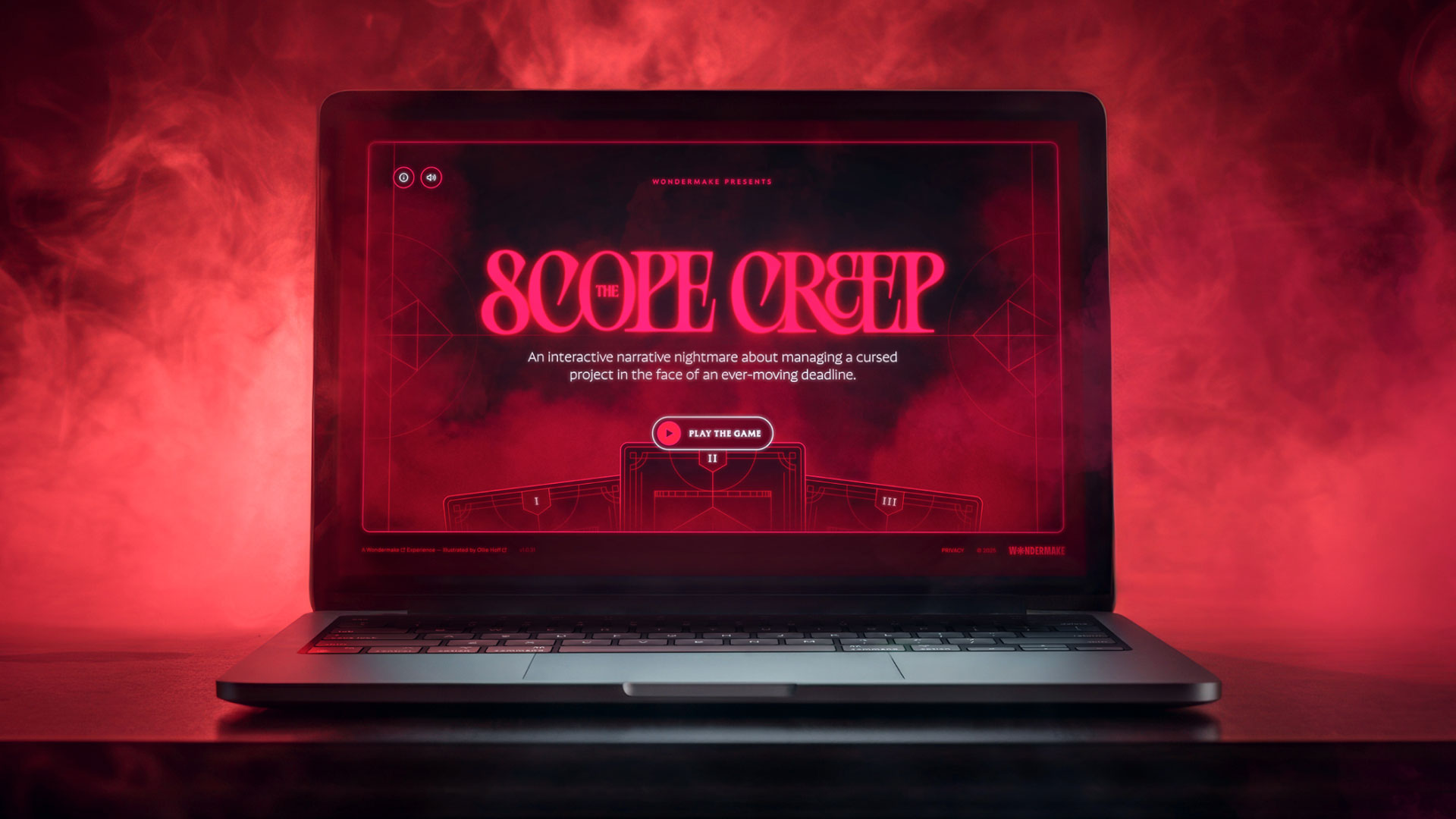Why the secret to making a great manga isn't drawing
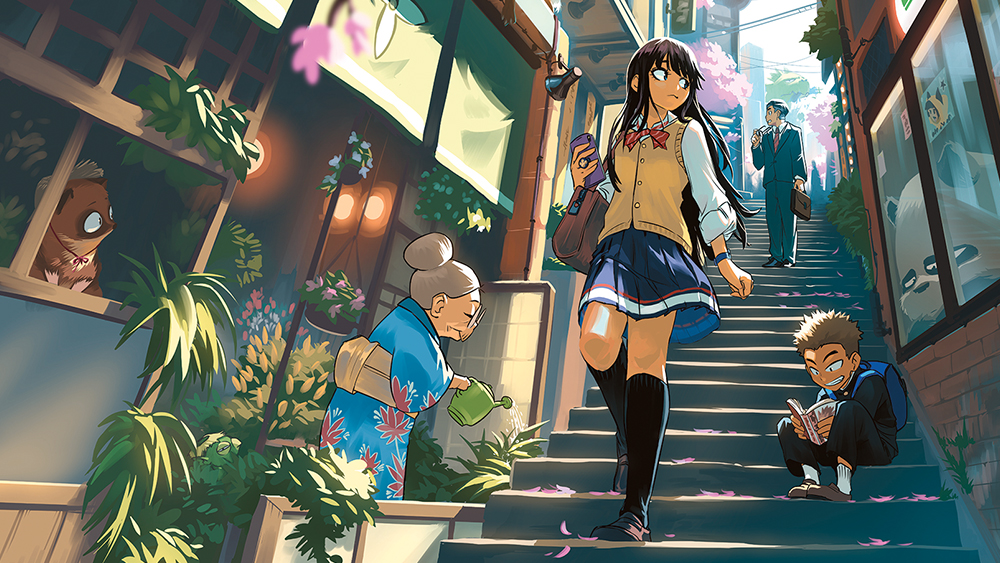
It may come as a surprise, but I’m not that much into drawing, or even colouring. I like it enough to do it every day, but only if I use it as a tool for storytelling. I realised as an adult that I developed an interest in drawing only as a means to bring characters to life. And that’s a big difference compared to the love of drawing in itself!
I always draw with storytelling in mind, not for the aesthetic of it. I’m relatively bad at basics such as anatomy, perspective, volume, colour theory and composition. But I’ve learned a bunch of things, from spending 20-plus years in this industry, doing around 4,000 pages of comics and manga.
So whenever I need to represent something for my stories, I can focus on a problem and dig into all types of solutions for the sake of the narrative, the character, the scene and the setting.
I want to get it right for the story to flow. If you’re like me, and not really into the technical aspect of drawing, perhaps these tips can help you on your journey and give you some things to reflect on. If you’re into drawing techniques, I’m afraid that you may already know far more than I do! But maybe some of my thoughts can trigger some questions.
Even so, you'll probably still want one of the best Black Friday drawing tablet deals or at least one of the best drawing tablets under $100.
01. Consider what contributes to the narrative

Everything can tell a story. The direction of the light can indicate the time of day, a facial expression can convey a mood, hand gestures and eye contact can give a hint about a discussion, and a shadow cast on the foreground can evoke a building out of frame, giving scope to the space.
Composition is key for showing what’s important, but anything can enhance the storytelling and breathe life into your drawings.
Daily design news, reviews, how-tos and more, as picked by the editors.
02. See the big picture
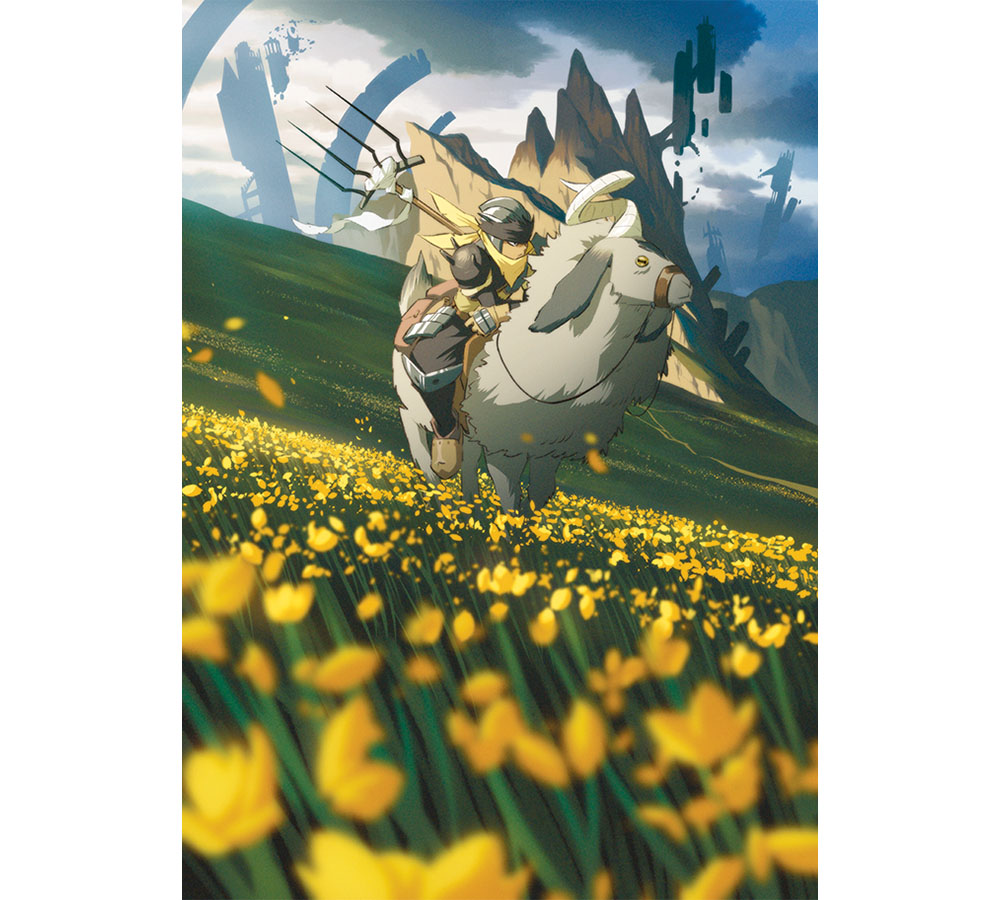
The audience understands art better than us – for real! People instinctively know what looks real, lived-in or genuine, when we as artists tend to focus on details and often lose sight of the big picture.
The audience may sometimes lack the proper vocabulary to explain what works or not, but they’re incredibly good at catching at first sight if something looks interesting or pleasing to them. Put care and attention into the big picture – the details only matter if they serve the entire piece.
03. Remember to enjoy your work

Try to have fun in every step of the process. Chances are you’ll dare to experiment and engage in ways you hadn’t intended to.
Often the result is more than the sum of its parts when you had fun all the way through. Plus honestly, if I’m bored while working on my art, how can I ask someone to show any interest in it? Again, the audience is very clever at catching it.
04. Use real-world references
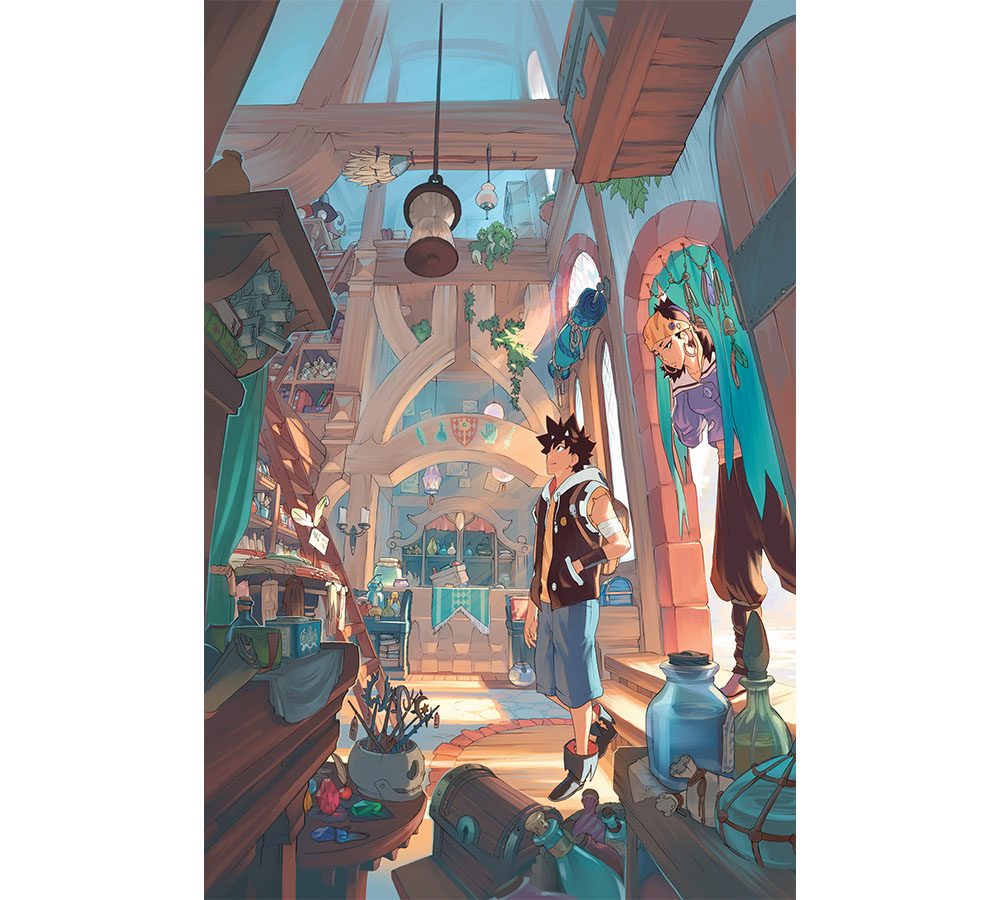
Reference is key, especially in works of fantasy and fiction. When we build worlds, we need solid foundations so that the things we visualise seem plausible. Any object, piece of furniture or lighting photo reference can be used to try to bring a natural feel to your artwork.
You’ll want to have done enough research to ensure the audience becomes involved in the scene more than in the process – or lack of process – of creating it.
05. Love what you paint
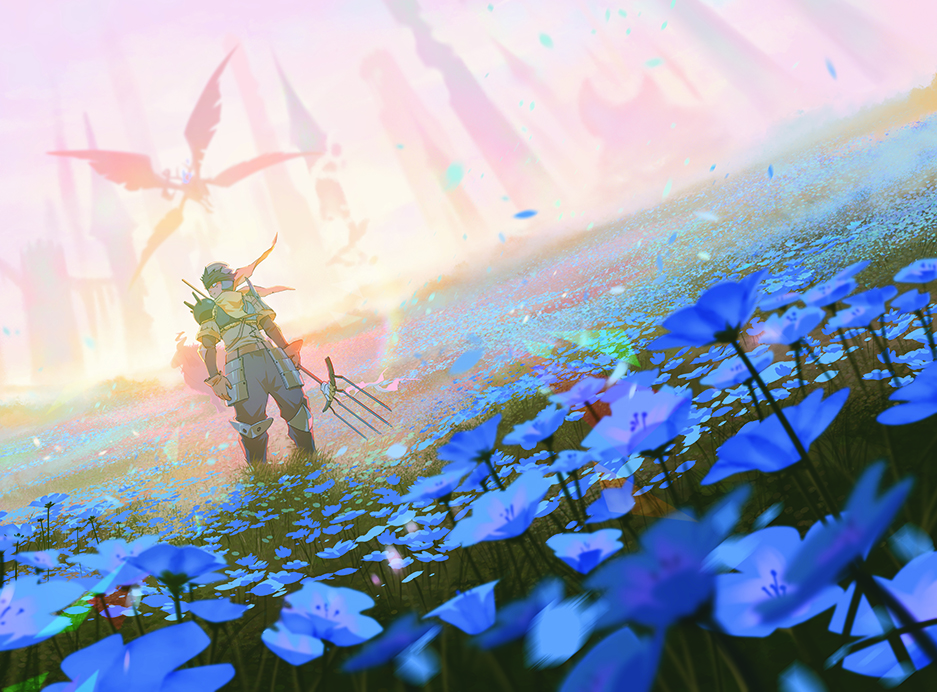
There’s no such things as bad references. You can incorporate anything in your influences, as long as it makes sense to you!
I like the work of the Impressionists and I often try to break the code in my colour pieces. I know I’ll never get there, but while trying, it enables me to understand many things and better define my art style. Monet and Shōnen manga are worlds apart, but it won’t stop me from enjoying exploring two things that I love.
06. Know art rules but also know when to break them

Art rules such as colour theory, perspective and anatomy are only there to help us understand the construction of a composition. But knowing those rules well can be good too. Breaking those rules when you don’t know them is limiting.
Conversely, breaking them because you choose to do so is empowering. You’ll have a better understanding of the tools at your disposal and those you choose to ignore. It helps to define your art style.
07. Go with the flow

Reading pages should be easy and engaging. A way to engage the reader is to go with the natural way they’ll read any pages.
In manga, we start at the top right and finish at the bottom left, then we continue with the next top right, going to bottom left before turning the page. If you match the flow, the action may feel more natural and sometimes, almost in motion!
08. Show your working
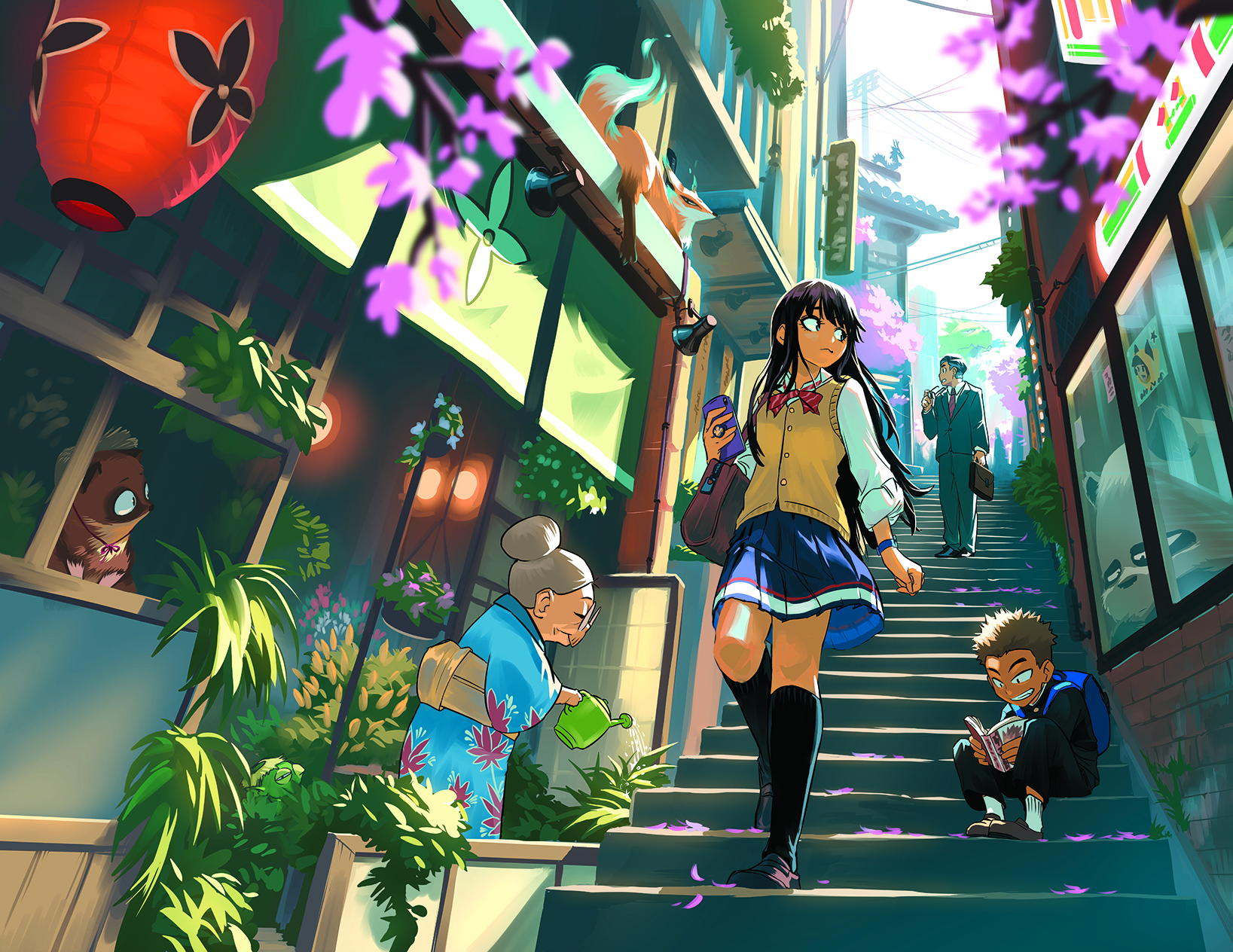
Be sure to plan your pieces. Something that I like to do when starting a new illustration, scene or setting in my manga pages is some quick reference sketches and ideas in the margin of the page.
By doing this, I keep the most essential elements always in view and then try to have fun and find ideas while working on it. I feel that preparing some base ideas grants me more freedom of expression.
09. Be inspired by the best

Aim high and tackle work that you deeply connect with. You’ll fail, but you’ll learn while trying. It can be depressing to compare our art to work created by masters, but it’s essential to understand what we find appealing in their art.
And by doing so, we spend time watching beautiful things. If we focus on what’s trending but doesn’t appeal to us, we lose time and energy, and become experts at studying bad art. Not because it’s objectively bad, but because we don’t connect with it. Try to be an expert on what you love. It’s far more rewarding
10. Create strong characters
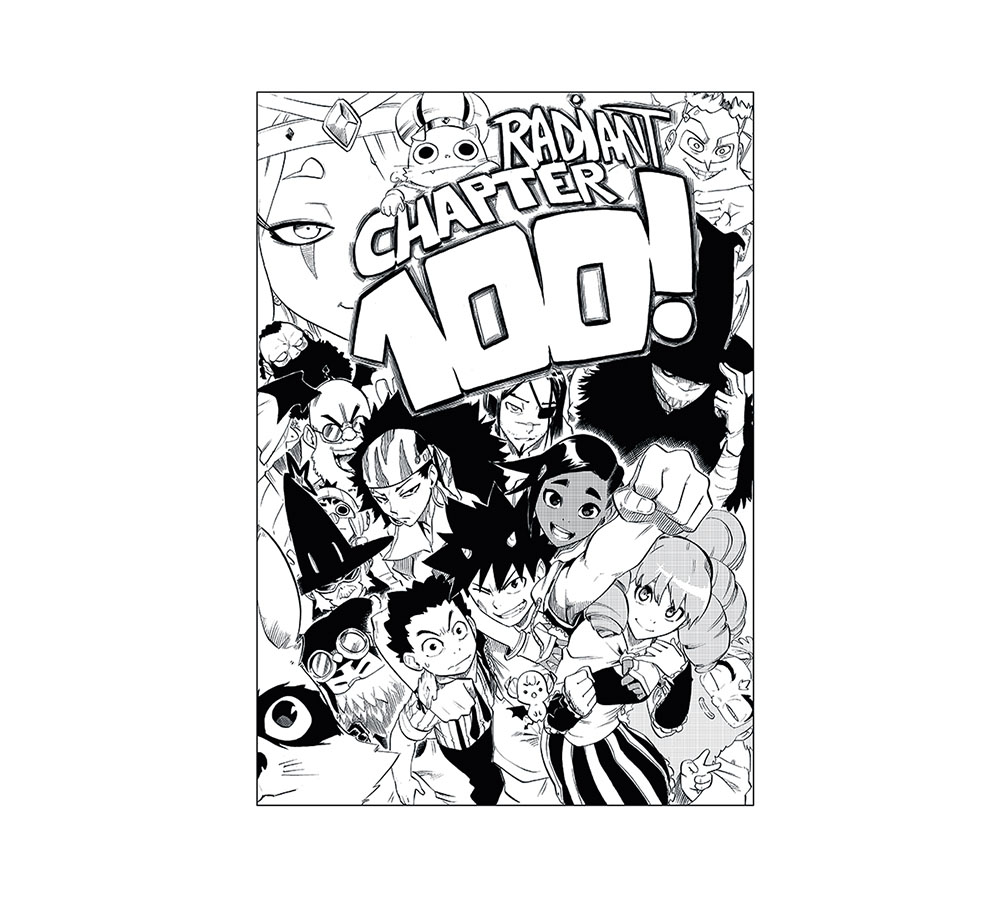
Character design in manga has to pop in black and white before working in colour. Every character need to have distinctive facial elements, because we spend a lot of time studying them up close on the pages.
In comics in general and in manga especially, there’s an emphasis on close-up shots and portraits. Being able to quickly recognise who’s who is essential to keep the narrative flowing. And because colour isn’t always there to help, choose your character features with this in mind.
11. Boost skills on the job
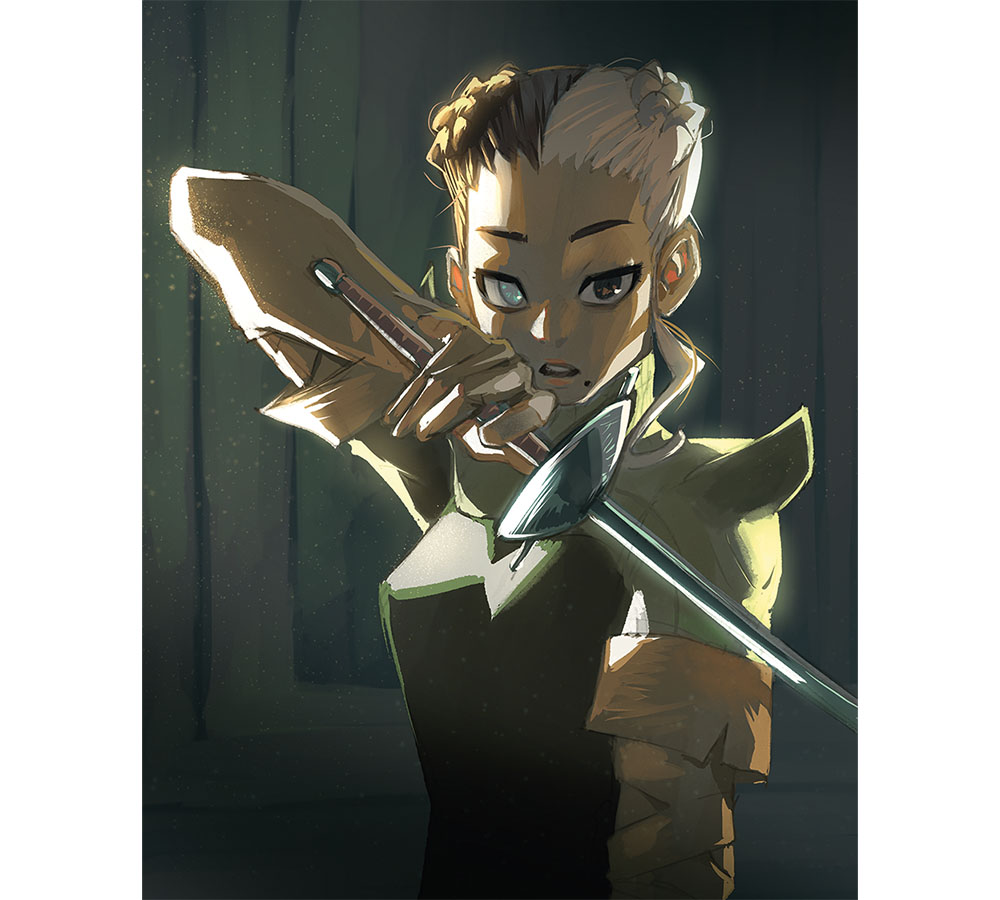
Practise and experiment in your artworks, not just on exercise pieces. I know it’s important to keep on learning, but personally I can’t stand doing colour Practise and experiment in your artworks, not just on exercise pieces.
I know it’s important to keep on learning, but personally I can’t stand doing colour practice or sketch exercises on the side. Instead, I try to learn more while doing pages and artwork. It keeps the work engaging and challenging at all times.
12. Recall your initial inspiration

Don’t forget why you chose to draw or paint. What were the pieces that made you want to pursue a career in art ?
I’m sure you can think of a handful of artworks that set you on your creative path. Try to come back to this feeling as often as possible, and bring this energy into your artwork or pages
13. Back up your story choices

If you tell a story about, say, oppression, violence or love, choose some technical elements, composition or any tool that can match and enhance your theme. My series Fabula Fantasia is about a character exploring a fantasy world in search of magic relics that alter reality.
In the opening scene I invite the readers to explore the picture, placing some classic/real landscape elements in the foreground and some hints of a fantasy world with the floating background, as well as some colour hints to evoke magic.
Those elements are not central, so to have a precise sense of the fantasy and magic, the audience needs to explore the double page. It’s an invitation: readers may come on board or not, it’s always up to them. But anything can tell a story, so take advantage of it!
For more inspiration see our features on how to create a manga comic strip and how to publish a manga.
This article originally appeared in ImagineFX. Subscribe to ImagineFX to never miss an issue. Print and digital subscriptions are available.

Born in France but now living in Canada, Tony is the writer and illustrator of the manga Radiant, which was published by Ankama in 2013. It was turned into an anime TV series in 2018.
You must confirm your public display name before commenting
Please logout and then login again, you will then be prompted to enter your display name.
